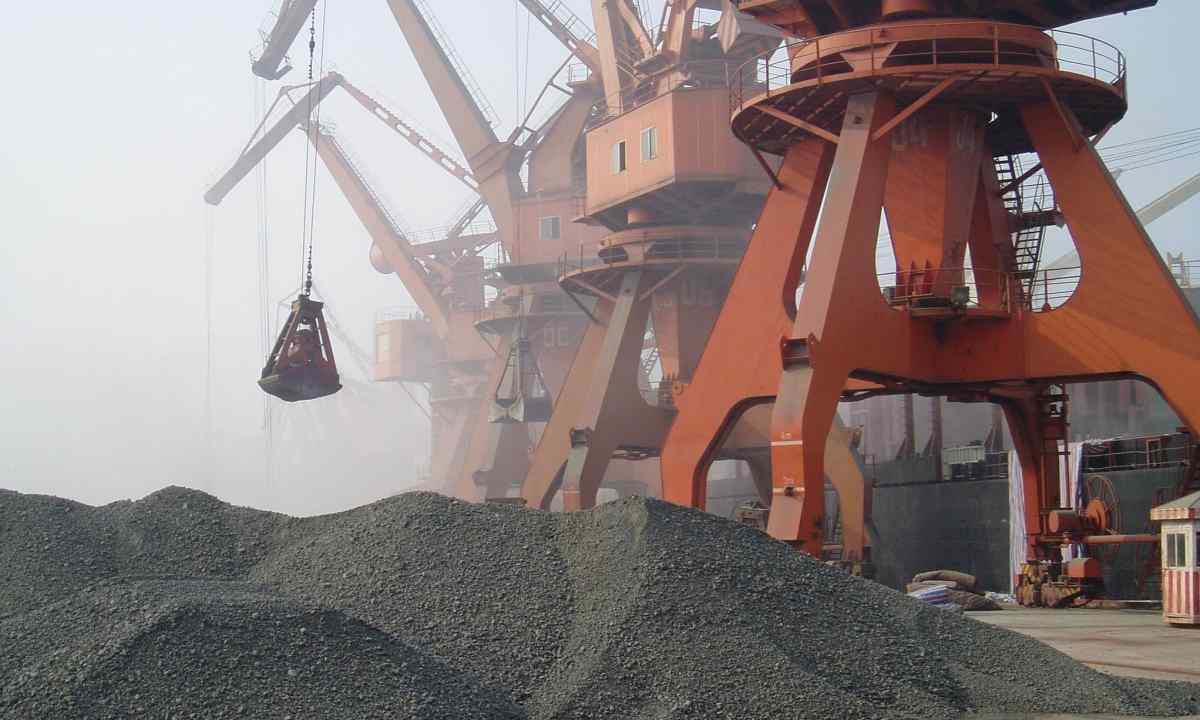Construction and repair include preparation of materials which will be used in the course of work. From ability it is correct to mix cement slurry the quality and durability of the flooded base, the put-up walls, the imposed plaster depends.
Dosing of components
Depending on category of works the water mortar can include cement and sand in the following proportions: 1:5 – for brickwork, 1:4 – for plaster and 1:3 – for wall decoration tile. Proportions can vary depending on cement grade. For durability and giving of other properties, for example, waterproofings, include various additives and softeners in mix. On consistence solution is normal, greasy and lean. The first is suitable for all purposes, the second contains too much cement and can go cracks, in the third binding substance is not enough, and it will simply be scattered. The solution type without measurement of quantity of its components is defined by lowering in it of shovel or other tool for stirring: normal sticks small clots, greasy completely envelops stick, and lean only soils it.
All components have to be carefully sifted as cement often contains large firm lumps, and sand – stones, shells. For this purpose use sieve with cells with a diameter of 5 mm – for production of plaster, 10 mm – for masonry. The size of cell should not be less than 3 mm.
Before mixing of components it is necessary to prepare the capacity where they will be poured, and water – to be filled in. For this purpose any box will approach, but receiving the most quality solution can achieve only when using tub with big area of bottom and low walls as only in it the ideal uniformity is reached.
Mixing of mortar
In the beginning it is recommended to pour all dry components in one capacity. After their mixture to condition of uniformity in tub water is filled in – it becomes in avoidance surplus of liquid which lead to prolongation of hardening of cement slurry and emergence of cracks on it. Besides in dry mix it is easier to notice undermixed sites. Sand and cement are filled up with thin layers then the turned-out material mixes up shovel. The cement slurry is done just before the beginning of construction or repair, and its quantity is correlated to the volume of the planned works. Otherwise it will manage to harden, and dilution by its water will break uniformity of mix. It is recommended to pour out before addition of water ready dry mix in separate bucket, then, having received liquid solution and it is easy it having mixed, it is possible to add postponed until obtaining normal consistence.

